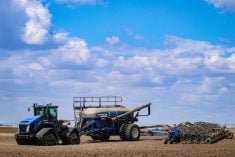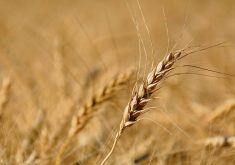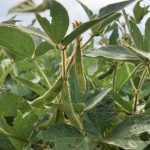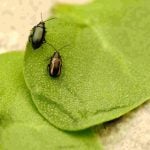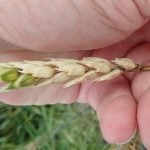Saskatchewan’s ag ministry is calling on canola growers to take the necessary steps to keep clubroot out of the province.
In 2007, the province said in a release, nearly 60 canola fields in central Alberta were overcome by clubroot, a disease it described has “harmful and swift-moving.”
While not yet spotted in Saskatchewan field, the province said it’s “extremely important” for producers to prevent the disease’s establishment and spread.
Clubroot infection can cause serious yield losses, the province said, and there are no economically viable options for controlling clubroot once it is established in a canola field. Saskatchewan growers are expected to seed up to 7.5 million acres of canola this year, and the province anticipates a record crop.
Read Also
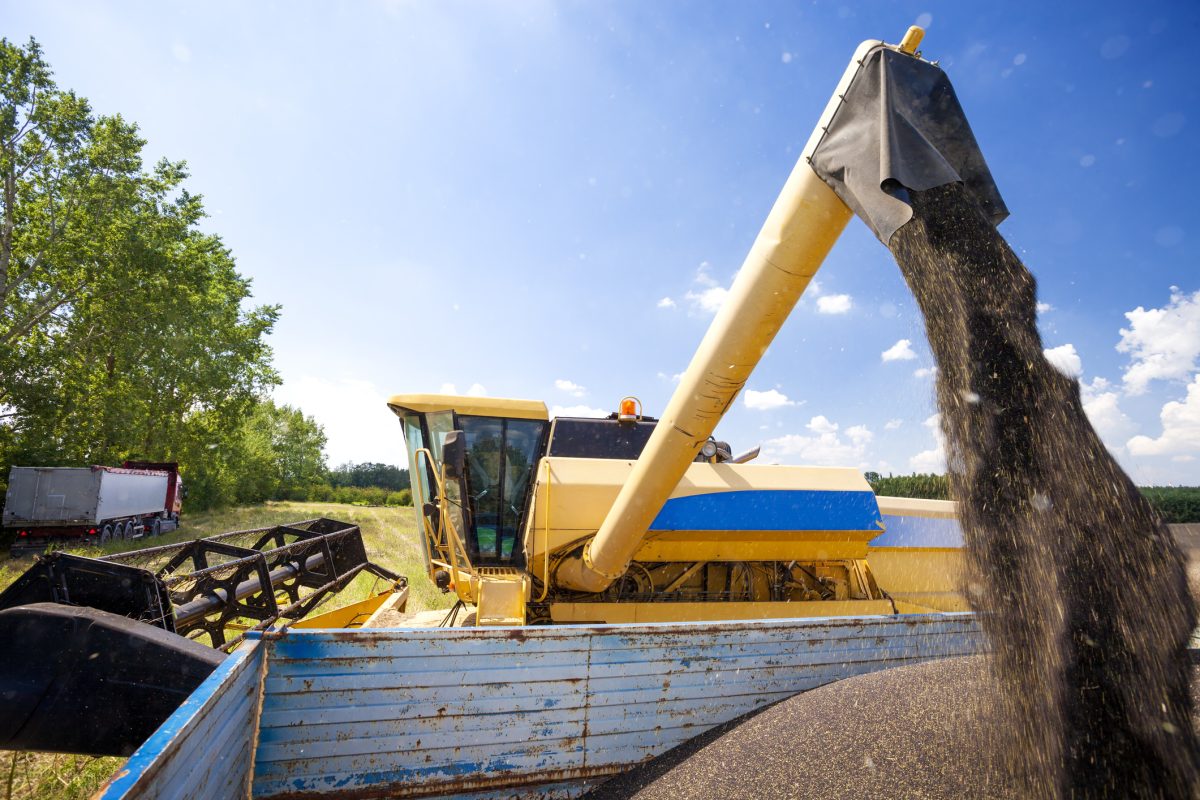
Alberta Crop Report: Harvest more than three-quarters finished
Alberta’s provincial harvest as of Sept. 23, 2025 was 78 per cent complete, said the province’s weekly crop report.
Clubroot, a soil-borne disease, affects the roots of cruciferous vegetables and crops such as cabbage, cauliflower, broccoli, brussels sprouts, turnip, rutabaga, radish, canola and mustard. Cruciferous weeds such as stinkweed, shepherd’s-purse, wild mustard can also host the disease.
Clubroot is mainly spread by soil movement containing soil-borne spores. Soil transport can occur by wind or water erosion, in manure from animals fed contaminated feed, and by earth tag on seed or on field machinery, the province said.



